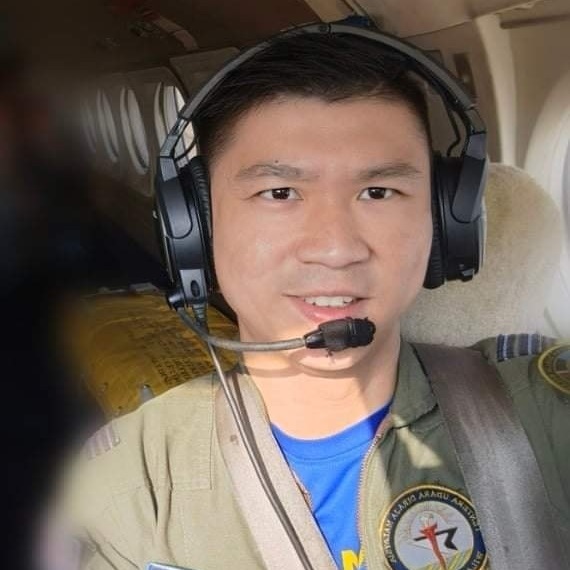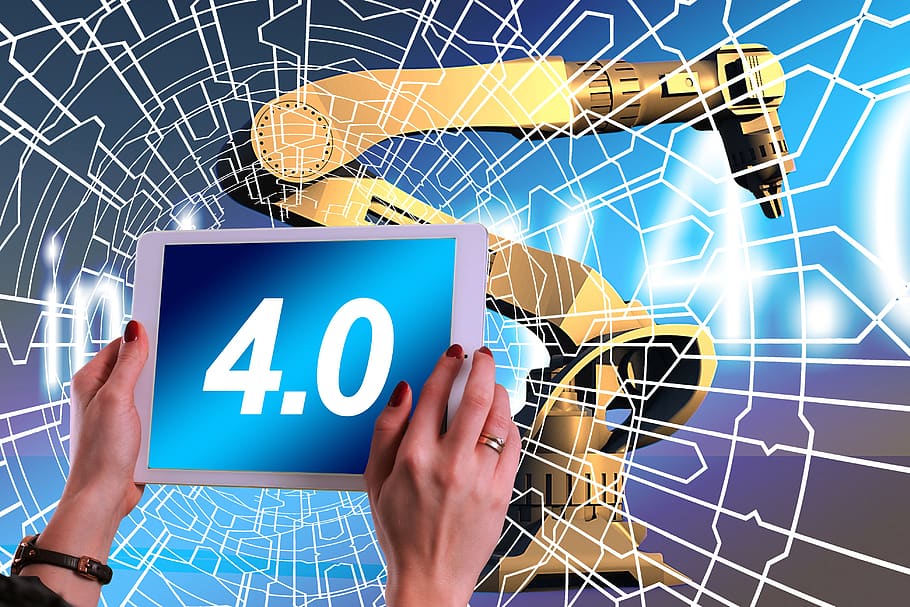Current Students
Access your class schedules, ensuring tailored details that align with your academic preferences.
Research
Discover our extensive research resources, encompassing our research groups and publications.
About AHIBS
The Azman Hashim International Business School (AHIBS) was established in 1997 as a graduate school of management to offer management and economic courses. AHIBS transforms futures with a diverse array of programs, including MBA, DBA, PhD, and MSc Foodi, empowering students to excel in their chosen fields.

operation hours
M-F: 8am – 5pm
address
Azman Hashim International Business School Level 10, Menara Razak, Universiti Teknologi Malaysia Kuala Lumpur, Jalan Sultan Yahya Petra (Jalan Semarak), 54100 Kuala Lumpur.
Tel
+603-2180 5023 / 5025
Students’ Experience
I was looking for a learning institution that would offer me the perfect balance of academic excellence, practical experience, and networking opportunities when I decided to pursue a DBA. I must say, AHIBS has fulfilled my expectations on all three counts, and I now know for sure that I chose the right programme and the right university.


Mir Fariz
Marketing Manager, Poinstar Consulting
I always believe that education is the best way to improve our current life. AHIBS MBA is one of the best platforms for me to equip and upgrade myself in terms of knowledge and experience. All lecturers in AHIBS are very expert and the way they teach us are very easy to digest especially for us who came from various background of industries.


Captain Wai Lik
Royal Malaysian Air Force – MBA ODL
Going to AHIBS


Financial Assistance
We offer scholarships from various sources for our students. Find out more about the offers in School of Graduate Studies page


Our Facilities
UTM Kuala Lumpur introduced concept of Lifestyle@UTMKL. More information about the campus in Kuala Lumpur and Johor Bahru.


Apply to AHIBS
Information regarding the fees, entry requirements and other intake. Visit the UTM School of Postgraduate Studies
Journal Insights
AHIBS BizConnection
AHIBS Business Magazine published twice a year
OPERATION HOURS
M-F: 8am – 5pm
ADDRESS
Azman Hashim International Business School Level 10, Menara Razak, Universiti Teknologi Malaysia Kuala Lumpur, Jalan Sultan Yahya Petra (Jalan Semarak), 54100 Kuala Lumpur.
TEL
+603-2180 5023 / 5025















